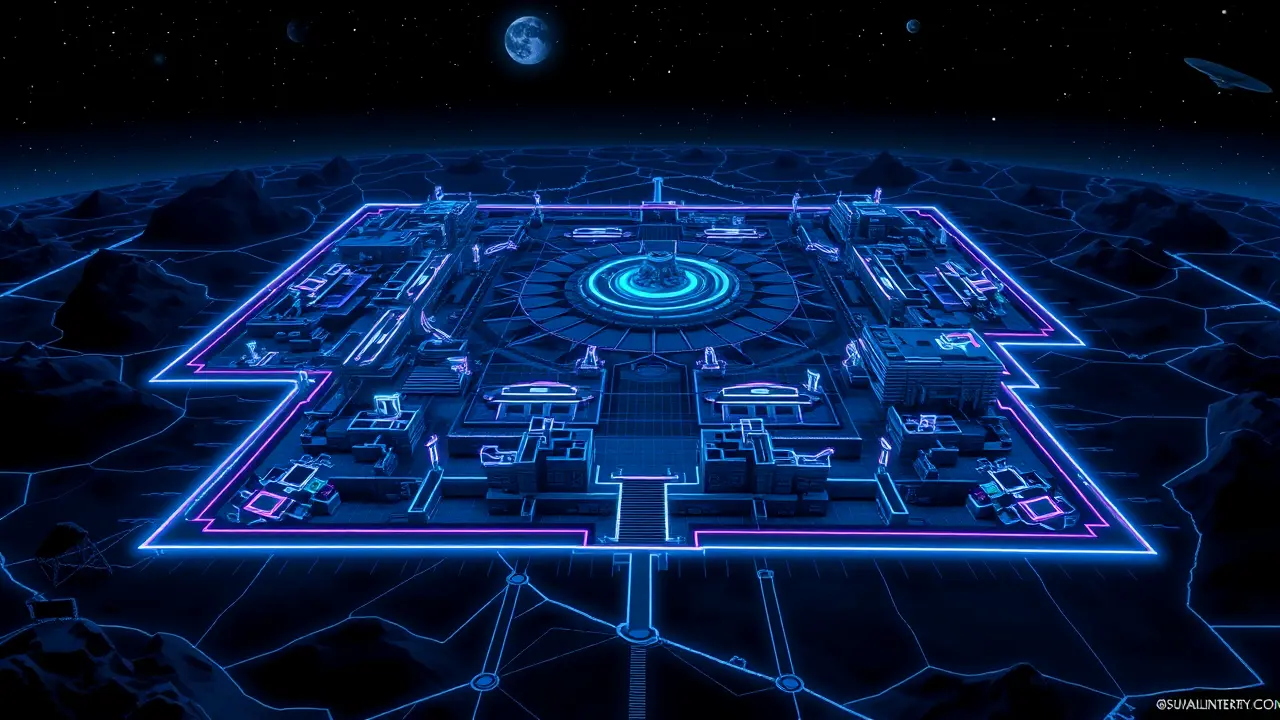
SciencearchaeologyExcavations and Discoveries
Ancient Maya Site Believed to Be a Map of the Universe.
TH
Thomas Green
13 hours ago7 min read
In a discovery that fundamentally recalibrates our understanding of ancient cosmography, archaeologists have unearthed a colossal 3,000-year-old Maya site, Aguada Fénix, which sprawls across nearly six miles of Tabasco, Mexico, and is so vast its contours are discernible from orbital satellites. But the true revelation, as detailed in a groundbreaking new study, is that this wasn't a city in the conventional sense; it was a monumental, terrestrial map of the universe, a sacred blueprint etched into the earth around 1050 B.C. This places its construction firmly in the Preclassic period, a time when Maya civilization was in its formative stages, making the scale and sophistication of Aguada Fénix all the more staggering.Imagine the ambition: a society, without the wheel or metal tools, orchestrating a landscape-scale project to mirror their perception of cosmic order. This discovery challenges the long-held narrative that such grand urban and ceremonial complexes only emerged much later in Maya history, suggesting instead a profound, early mastery of astronomy, geometry, and collective labor aimed at harmonizing their world with the heavens.The site's layout, with its precise arrangement of platforms, causeways, and reservoirs, is believed to physically represent the Maya cosmos—a multi-layered realm with an earthly plane, an underworld, and a celestial upperworld, possibly oriented to key astronomical events like solstices or the path of Venus. This isn't merely an archaeological site; it's a philosophical statement in clay and stone, a testament to a worldview where the divine and the terrestrial were inextricably linked.The implications are profound, forcing a re-evaluation of the drivers of social complexity. Was it the need for food surplus and defense that first centralized power, or was it the shared, sacred endeavor of building a universe on Earth, a project that required unprecedented social organization and a unifying spiritual vision? Experts posit that such cosmograms served as centers for ritual and pilgrimage, anchoring the community's identity to a grand cosmological narrative.When you stand at Aguada Fénix, you are not just standing in an ancient city; you are walking across a star chart, tracing the footsteps of priests and astronomers who saw the jungle floor as a canvas for the cosmos. This find resonates with other ancient cultures—from the Nazca Lines in Peru to the stone circles of Britain—that also invested immense effort in aligning their landscapes with celestial bodies, hinting at a universal human impulse to find our place in the vast, indifferent expanse of space. The discovery of Aguada Fénix opens a new window into the Maya mind, revealing a people who, from their very inception, were not just building homes, but were constructing a mirror to the universe itself, a legacy that continues to awe and inspire millennia later.
#featured
#Aguada Fénix
#Maya civilization
#archaeology
#ancient map
#universe
#Mexico
#monumental structure
Stay Informed. Act Smarter.
Get weekly highlights, major headlines, and expert insights — then put your knowledge to work in our live prediction markets.
© 2025 Outpoll Service LTD. All rights reserved.